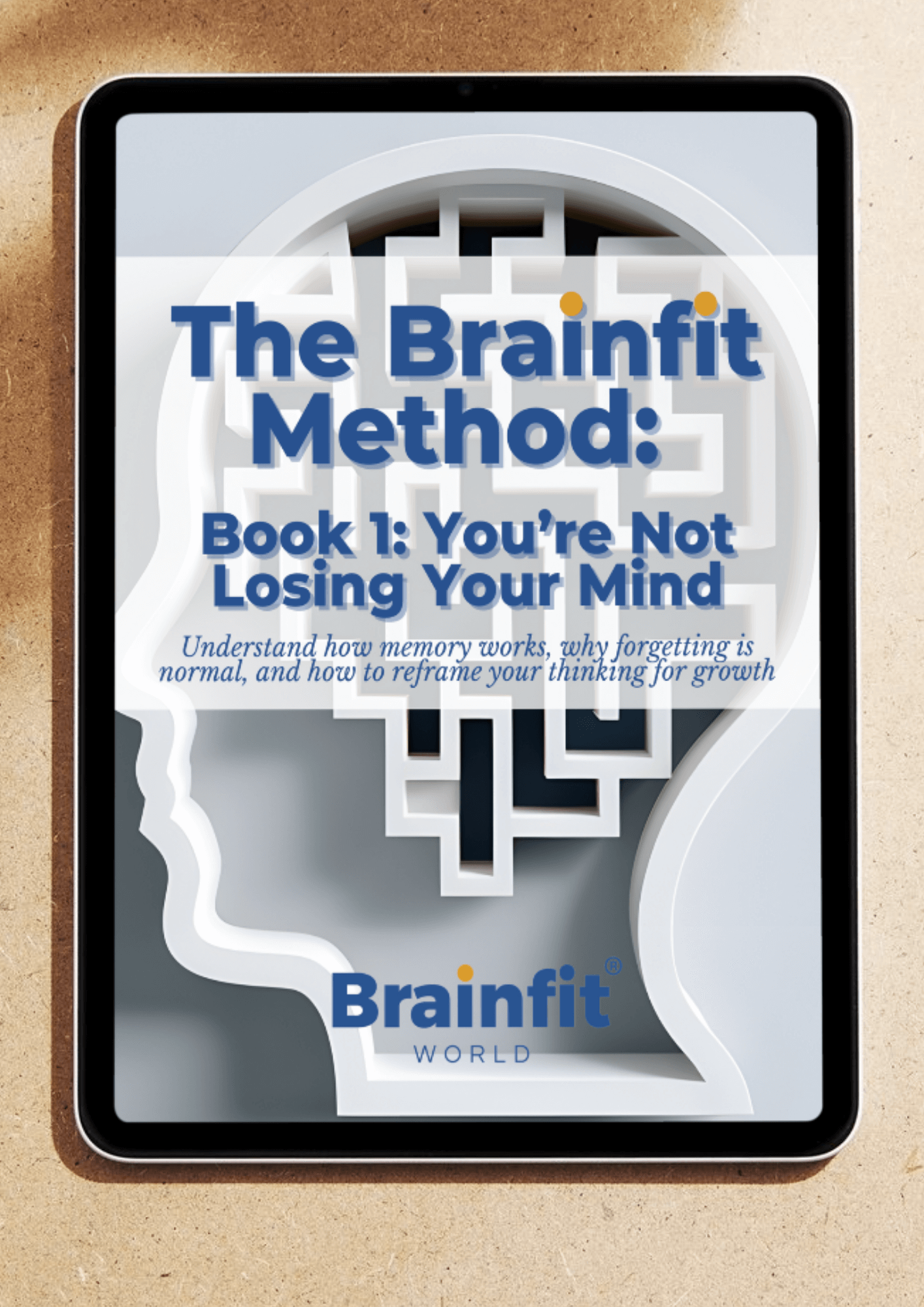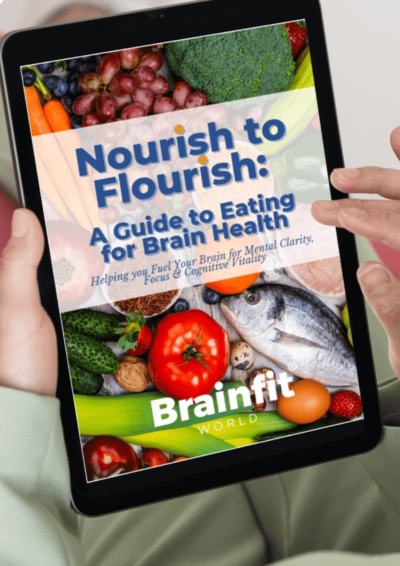
Sam in control of his life, his job and his stress.
I was just about to grab my car keys and get on my way to the office when my mobile rang. I quickly checked caller ID and was surprised to see a colleague’s name.
“Why’s Sam ringing me at this time of the morning – he should be almost at work by now”, ran through my mind.
It was Sam, and he said he had to see me – it was urgent. Could I drop by on my way to work? He sounded odd on the phone – spoke kind of disjointed and sounded tearful. Bad enough for me to call Sarah to put my appointments on hold. I set off for Sam’s place and a whole gamut of potential disasters that might be facing me ran through my mind as I drove.
Sam met me at the door and he looked strained and white-faced. He wasn’t dressed for work and he looked as if he hadn’t slept. It all came out in a rush as Sam’s wife Joan hovered, worried, in the background.
‘Thanks for coming, Gillian. I can’t face going in to work and I didn’t know what else to do but call you. Look, I love the job, you know that. But I can’t face the thought of my desk: there’s that implementation time-line I didn’t get finished, emails I haven’t answered, calls I know I should have made two days ago. I don’t know, they went out of my mind and ….. I just don’t think I’m up to it any more. And yesterday, I forgot to go to the department meeting where I was explaining our strategy for upgrading the network. I don’t know what’s wrong with me. I can’t remember the way I used to and the supervisor’s on my back and I know he thinks I’m past it.’
And so it went on.
Sam’s a great employee and knows the company through and through. As he talked, I could see a pattern of overload and stress turning a key employee from an alert mover and shaker into a forgetful, distracted mess who couldn’t even face coming into a workplace he’s helped to shape.
So what did we do?
Well, it took a while and I worked with Sam and his wife to sort out exactly where the stressors were coming from and how they could be tackled. It’s different for individuals, of course, because each situation and environment is different.
But for Sam, here’s what we identified:
Firstly, he wasn’t losing his memory, which was what he had feared. He was just so stressed that his memory skills were going on hold.
Secondly, when we looked at Sam’s work pattern, I was shocked to find that his commitment to task-completion meant that he rarely left the office before it was dark, he often went in at weekends and he still took work home with him. Emails chased him home and he did his best to please everyone.
- And the requirements of the new network involved a set of skills and knowledge which he was trying to get on top of, and floundering, simply because he couldn’t find time to focus on this. He began feeling helpless.
- He wasn’t sleeping and the kids weren’t getting much of a look-in, either. Joan didn’t say anything, but I could see that the family was under strain in this whole scenario.
- Basically, work had taken over Sam’s whole life – he could think of nothing else and he’d become obsessed by the problems that were overwhelming him.
It took a while, but I’m pleased to say that Sam and Joan played a round of golf with my husband and me on Saturday, and we seemed to have our old Sam back.
Sam’s Action Plan
(I guess there is good advice for all of us in it.)
- Sam joined the work gym and committed himself to going 4 times a week for at least 20 minutes.
- He made time to talk with his supervisor to let him know what the situation was and what he was doing about it. Sam wasn’t looking forward to this but told me later that it had been a very positive and supportive conversation.
- He made a To Do list which, with my help, he prioritized into four categories: Urgent and Important, Urgent and Not Important, Not Urgent but Important, Not Urgent and Not Important (these he delegated to another staff member). Already he was beginning to see some light at the end of his very long tunnel.
- He regulated his work day, allocated realistic time-frames to what had to be done and ‘gave himself permission’ to leave some tasks unfinished until the next day.
- He took his meal breaks and Joan made sure that he was including good brain food in his diet.
- He signed up for a training course in the operation of the network – he made time to get on top of one of his major tech stressors.
- Much to his boys’ delight, he pulled out all of his model aeroplane kits from under the workbench and decided that they would build a brand new Piper Cub to fly in the local club competition.
- He went back to golf (he had let his membership lapse and hadn’t held the clubs for about four years).
The ‘old’ Sam is back on the team and, to my knowledge, he’s never forgotten another face, name or appointment.
He’s also never forgotten how close he was to burnout and forced retirement.
If Sam’s story rings any bells for you, take action:
identify what is causing you stress and develop an action plan that includes looking after your own health, time for relaxation, sorting out any personal conflicts or tech stress, and making sure that your family comes first.
They are the ones who care for you most.
For more helpful information, look up Brain Food the Easy Way and Never lose things again
Do you have a story to share? tips to help others? We’d love to share them here.




